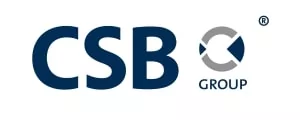- within Immigration, Media, Telecoms, IT, Entertainment and Accounting and Audit topic(s)
- in Europe
Considering Europe's current economic scenario, the ECB is likely to turn its gaze towards specific priorities outlining Europe's economic outlook that will most likely give rise to several questions, even in view of ECB's overall positive outlook regarding economic improvement and the successful launch of its quantitative easing program.
The Wall Street Journal was pro-active in outlining five main central areas that will undoubtedly give rise to much discussion;
- Quantitative Easing Program
- Negative Yields
- Projected accelerated economic growth (into 2017)
- The fall of the euro
- Greece
Paying particular attention to the first point, these have given rise to a noteworthy phenomenon occurring within the European Corporate Bond Market. After the ECB announced that it will be buying €60 billion per month in bonds mostly consisting of government debt, European corporate bonds have experienced a steep decline in prices.
The start of ECB's quantitative easing program and its debt-buying initiative has sent several investors flocking towards the European corporate bond market hunting for bargains. In the midst of a scenario wherein stocks and government bonds within Europe soared, yet corporate bonds suffered the sharpest blow in two years, the prospects seem quite promising for companies looking to sell their debt in the oncoming months. This is due to prices having become more reasonable, inducing a gradual increase in demand.
The issue of negative yields questions whether ECB will be able to keep finding qualifying assets to buy whilst effectively managing its risk. ECB President Mario Draghi's response to this is undoubtedly much awaited and may hold many implications for the foreseeable future of European corporate bonds.
The content of this article is intended to provide a general guide to the subject matter. Specialist advice should be sought about your specific circumstances.
[View Source]

